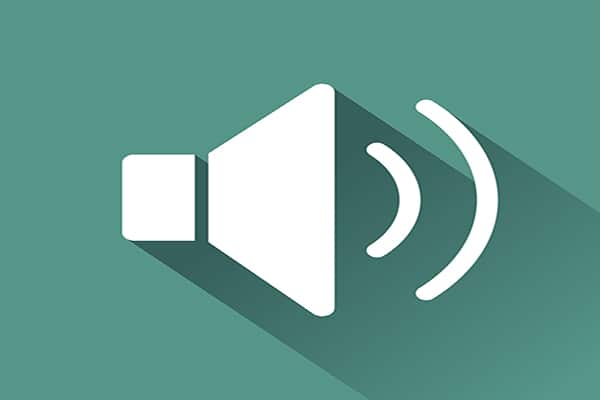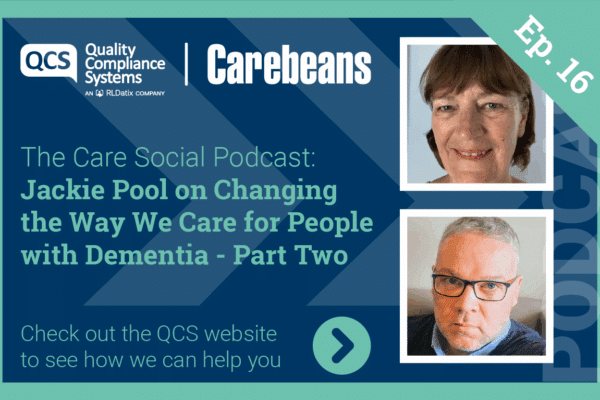
I like my mother feel uncomfortable in the silence. We fill in every perceived gap, crevis and tiny nook with a ‘filler’ related or not to the previous conversation. My husband has given up on even an eye roll when I knock the door seconds after the first knock, as I am worried he hadn’t answered it in the 2 seconds before the first.
Training on track
I have renewed a number of training requirements recently across adult and children’s services. Not everything sticks, and each time you find a new gem or refresh an old one.
Taking a back seat
I have been positively drawn to ‘non-intervention’ recently through active listening on a Non- violent communication course (I know the title isn’t snappy), positive handling (which was definitely more about not getting to that point!). What I mean by this is giving people time and space to communicate, we can do a number of precious things.
Benefits of active listening
- We can stop an argument dead in its tracks – if someone isn’t answering back – arguments often lose momentum.
- We can learn more about a person before we cut through with a story about ourselves
- We can observe the hidden messages in the looks, actions and subtle words of those we support.
- But most importantly, we can help people relax into saying what they mean rather than the sound bite of what they think we want to hear.
The Care Quality commission mentions ‘listening’ within the Adult Social Care Key Lines of Enquiry
18 times. Listening is an activity. But we often miss it, grabbing for the first words that tumble out of someone’s mouth.
Getting to it
So how do we ‘undo’ what we have done before? How can we seek out the difference of active listening?
- Get staff into pairs on a topic and get one to listen and one to speak.
- Take time out to listen for 5 things in the service. See what staff notice in their surroundings they have not before.
- Ask staff to evaluate their listening experience in their 1-1s to see what they have realised about their own practice.
Evidence of listening
All of this practice can be used as evidence of a ‘listening service’. Make sure you audit your progress and activities to see how far you can come with this simple change.
Not quite there yet..
I’ve just listened to my son’s presentation…well half listened half taken over…looks like I have some work to do in my own family life with listening….






